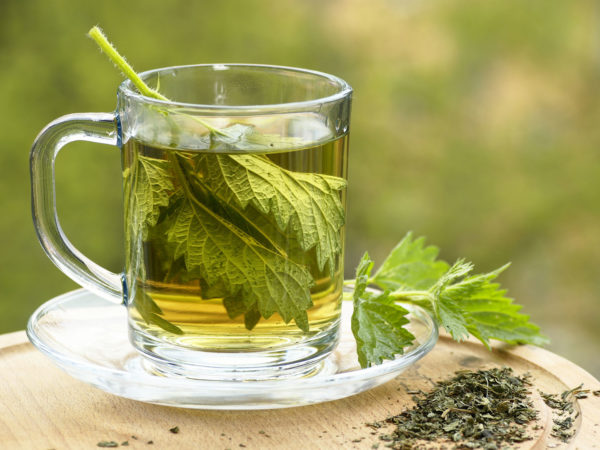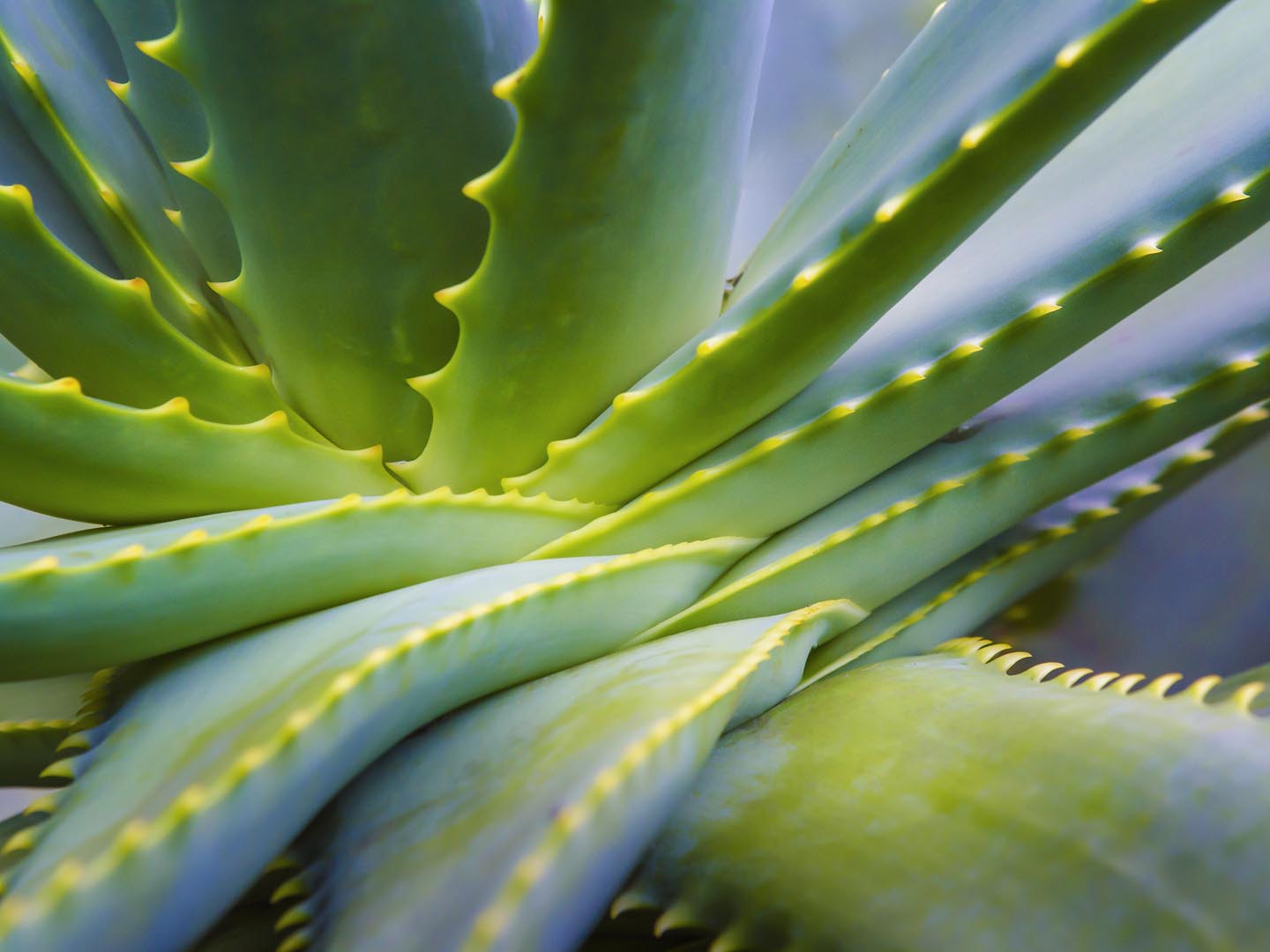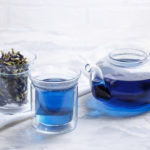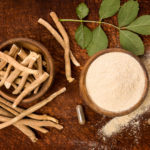Stinging Nettle

Stinging Nettle (Urtica dioica)
Stinging nettle (Urtica dioica) grows all over the world and blooms June through September, with pink and yellow flowers. The herb has a medicinal history stretching back to the ancient Greeks who used it as a diuretic and to relieve joint pain.
The leaves and the stems have fine hairs that contain irritating chemicals, which are released upon contact with the skin. While these hairs, or spines, are painful to the touch, they can actually relieve pain as well, perhaps by lowering levels of inflammatory chemicals in the body or by interfering with the way the body transmits pain signals.
Stinging Nettle Is Used For:
The leaves and stems of stinging nettle possess anti-inflammatory actions and have long been used to treat painful muscles and joints, eczema, arthritis, and gout, as well as anemia. Today, the roots of the plant are used to treat the urinary symptoms of benign prostatic hyperplasia (BPH). Studies suggest that stinging nettle may improve urinary flow and relieve other BPH symptoms including incomplete emptying of the bladder, post urination dripping, and the constant urge to urinate (bladder irritability). Laboratory studies have shown that the effects of stinging nettle, in combination with saw palmetto or other herbs, are comparable to those of finasteride, a drug often prescribed for BPH. However, stinging nettle does not decrease prostate size as finasteride does. It is still not clear why stinging nettle reduces BPH symptoms, but it is possible that it may affect testosterone and estrogen or act directly on the prostate.
Stinging nettle also is used to treat osteoarthritis and sore muscles. Studies indicate that the leaves can relieve joint pain when applied to painful areas of the skin. Some research suggests that taking an oral extract of stinging nettle with a non-steroidal anti-inflammatory drug (NSAID) can help people lower their dosage of the NSAID.
Stinging nettle may also affect the sneezing and itching of hay fever, perhaps because the herb can reduce the amount of histamine the body releases from mast cells in response to an allergen. Animal studies show that stinging nettle can help lower blood sugar and blood pressure, but more research is needed to determine if the same effects occur in humans. Stinging nettle is used orally and topically to relieve the pain of sprains, strains, tendinitis (also spelled tendonitis), and insect bites as well. It is used to treat uterine bleeding, nosebleeds, gastrointestinal bleeding, poor circulation, an enlarged spleen, diabetes and other endocrine disorders, diarrhea and dysentery, asthma, lung congestion, rashes, and cancer, and as a general tonic. But there is insufficient scientific evidence to show that stinging nettle is effective for many of these disorders.
Available In:
Dried leaf, freeze-dried leaf, extract, capsules, tablets, and as root tincture (a solution of the herb in alcohol). Topical ointments and creams that contain stinging nettle are also available. Stinging nettle root appears to have different pharmacological effects than the leaves.
Interactions And Warnings:
Stinging nettle contains vitamin K and so could interfere with the anticoagulant drug, warfarin (Coumadin). Stinging nettle can lower blood pressure, which means it could heighten the effect of blood pressure medications. Stinging nettle can act as a diuretic and may increase the effects of drugs that increase urination (diuretics). Because of its diuretic effects, stinging nettle may also affect the way the body eliminates lithium. It also can increase the effects of drugs for diabetes, possibly leading to low blood sugar (hypoglycemia).
Other Stinging Nettle Safety Concerns:
While generally regarded as safe, stinging nettle can cause side effects including mild stomach upset, fluid retention, sweating, diarrhea, and hives or an allergic rash (mainly from topical use). Touching the nettle plant can lead to an allergic rash. Never apply stinging nettle to an open wound. Pregnant women should avoid stinging nettle because its hormonal effects could lead to miscarriage.
Because stinging nettle may affect blood sugar, it could interfere with the management of diabetes. If you have diabetes, keep close track of your blood sugar when using stinging nettle. Stinging nettle can also have a diuretic effect, thereby increasing urinary frequency. Use caution if you have low blood pressure.
When Buying Stinging Nettle:
Look for freeze-dried extracts of the leaves, sold in capsules.
Stinging Nettle Dosage:
Most products on the market give you 500 mg per capsule. Follow the directions on the package label or use the lowest effective dose.
Child Dosage:
No more than one capsule per day.
Dr. Weil Says:
Freeze-dried stinging nettle may help relieve the symptoms of hay fever and other allergies. The dose largely depends on the specific product but is typically one or two capsules every two to four hours as needed – follow label instructions.
SOURCES:
Consumerlab. consumerlab.com/tnp.asp?chunkiid=21815
Stinging Nettle. University of Maryland Medical Center. http://umm.edu/health/medical/altmed/herb/stinging-nettle, accessed April 21, 2014
Stinging Nettle. Natural Medicines Comprehensive Database (Consumer Version),
naturaldatabaseconsumer.therapeuticresearch.com/nd/Search.aspx?rn=3&cs=NONMP&s=NDC&pt=100&id=664&fs=NDC&searchid=46189911, accessed April 21, 2014
Monograph. Urtica dioica; urtica urens (Nettle). Alternative Medicine Review 2007;12:280-284.
Reviewed by Russell Greenfield, M.D., August, 2016.









